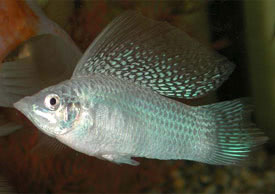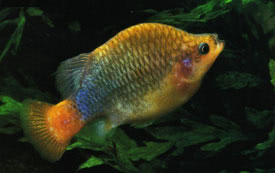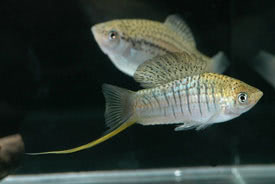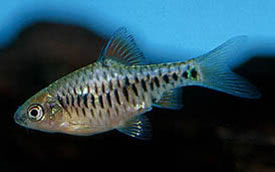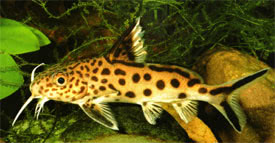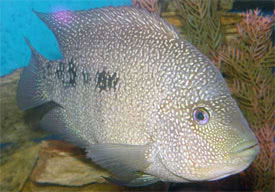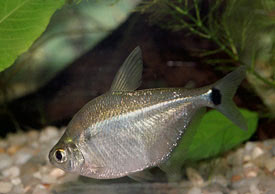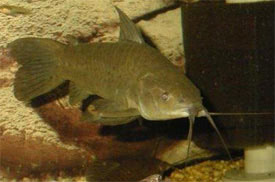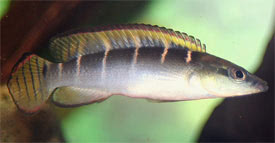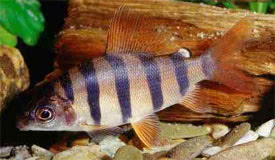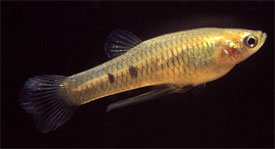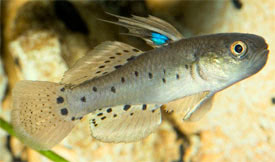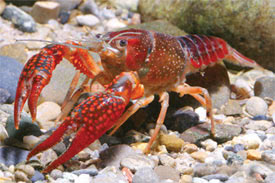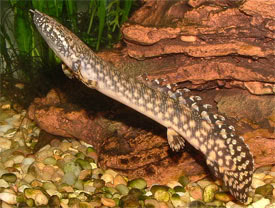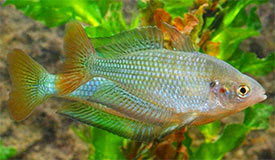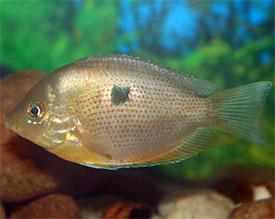
 Magyarul / Hungarian
Magyarul / Hungarian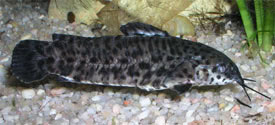

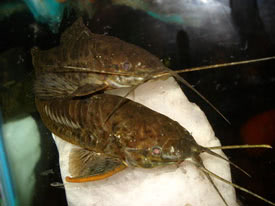

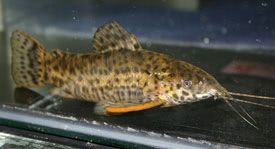
- Scientific name: Megalechis thoracata
- Synonyms: Hoplosternum thorocatum, Hoplosternum personatus, Megalechis personata
- Common name: Spotted hoplo, Port Hoplo
- Group: Catfishes
- Habitat: South America, Trinidad, Guyana, Martinique, Venezuela, Brazil, Peru, Paraguay
- Size: 18 cm
- Biotope: In shallow, muddy waters dense with vegetation.
- Social behavior: Peaceful, except during the spawning season. The fish will guard their spawn.
- Diet: Omnivorous, tablets, especially in the evening.
- Breeding: Easy
- Tank: Minimum 150 litres
- Population: 2-3 fishes for 150 litres
- Decoration: Prefers a dark tank with hiding places. Hardy enough to survive even under poor conditions.
- Temperature: 20-28 °C
- pH: 6-8
- Hardness: 10-20NK°
- Lifespan: 4-8 years
Description: The base color of the spotted hoplo is dark olive-brown to grey-brown. Upperside often blackish-olive, underside pale brown to whitish. The whole body including the belly, is covered with large and small black blotches. Fins are spotted. Schools of as many as one thousand may be found in waters close to habitation, especially in areas where waste water is deposited. During the spawning season male has a touch of blue-violet on the belly. The first pectoral fin spine usually red-brown and board. The underside of female remains white.
The male is very aggresive during spawning. These are fish that will build bubble nests for spawning. In the breeding tank provide some floating plants for this purpose. The eggs are deposited in a bubble nest. The parents, especially the male will devour eggs and fry. Female should be removed after spawning. The eggs should hatch after 4 days and the fry will become free swimmers 2 days later. Feed the fry with small live food, such as Artemia nauplii.








